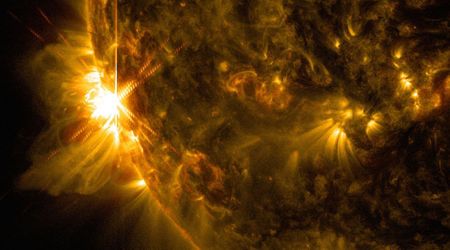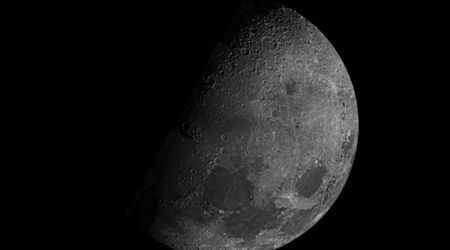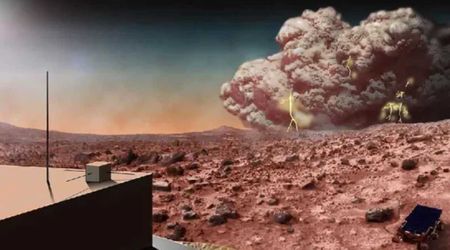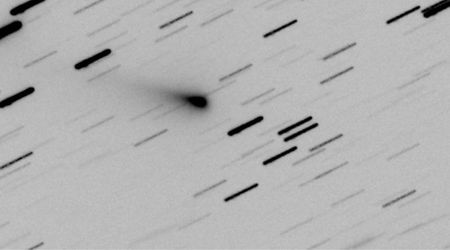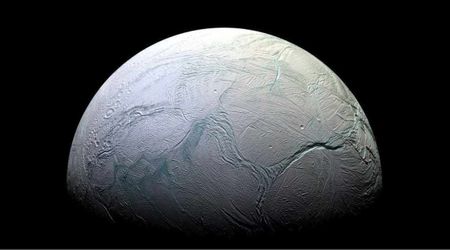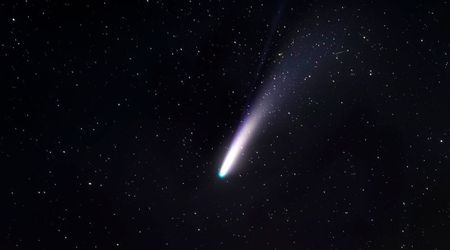SpaceX had a busy Memorial Day weekend, launching 23 Starlink satellites aboard Falcon 9 rocket

SpaceX launched 23 Starlink V2 Mini satellites onboard a Falcon 9 rocket that lifted from Space Launch Complex 40 at 1:19 p.m. EDT (1719 UTC) on Saturday, May 24. The 45th Weather Squadron had predicted an 80 percent chance for favorable weather during the launch window, according to Spaceflight Now. This chance dropped to 60 percent within four hours of the opportunity and continued to decline. SpaceX used its Falcon booster with the tail number B1069 to support the mission. This particular booster was the company’s fourth most flown booster and was flying for the 24th time.

“Along the sea breeze front, isolated showers are expected to form during the early afternoon, but lingering dry air in the mid-levels will initially cap off their vertical development,” officers monitoring the launch weather noted. Before this mission, the booster was used for SpaceX’s 24th Commercial Resupply Services flight to the International Space Station (ISS), as well as for OneWeb Mission 15 and 18 batches of Starlink satellites.
SpaceX Successfully Launched 23 Starlink Group (12-22) Satellites Mission, With 13 Direct To Cell Capabilities And 10 Normal V2-Mini Satellites. And Also SpaceX Successfully Landed The Falcon 9 Block 5 First Stage Booster, Back On The Droneship (ASOG)
— The Mars Endeavour. (@T_M_Endeavour) May 27, 2025
Credit: SpaceX And X. pic.twitter.com/rkmmq48lLD
B1069 landed on the droneship "A Shortfall of Gravitas" in the Atlantic Ocean after stage separation within eight minutes. This was the 110th touchdown for this vessel and the 451st booster landing ever. Out of the 23 Starlink V2 Mini satellites, 13 were endowed with Direct to Cell capabilities. SpaceX had launched 234 such satellites with cellular capability into low Earth orbit before this mission. The 23 Starlink satellites were released from the rocket's payload adapter from the first stage in Low Earth Orbit, about one hour into the flight, per Space.com.
Leap day launch!
— Jenny Hautmann (@JennyHPhoto) February 29, 2024
With the weather delay of Crew-8, SpaceX sent 23 Starlink Satellites to orbit from Florida today. Falcon 9 B1076 completed its 11th mission.pic.twitter.com/6Gmbs1Kicc
It will take a few days for each satellite to maneuver itself into specific orbit positions within the Starlink megaconstellation. The Starlink network of SpaceX has more than 7,000 operational satellites, and it continues to increase. They operate as a whole body, completely in a lattice with a wide coverage that covers almost the entire planet. Starlink is capable of providing a high-speed internet connection from any part of the world. This was made possible by the Starlink receivers, which can be placed anywhere and pointed to the sky to acquire remote connectivity.

The Starlink 12-22 mission from Space Launch Complex 40 was preceded by the Starlink 11-16 mission from Vandenberg Space Force Base. The entire weekend saw up to three potential Starlink launches between Friday and Sunday. SpaceX will launch a GPS III-7 satellite this week for the Space Force's Space Systems Command. The launch will be onboard a Falcon 9 rocket and from Launch Complex 40 on May 30, according to Florida Today. The GPS III-6 satellite was launched from the Cape Canaveral military installation in January 2023.

